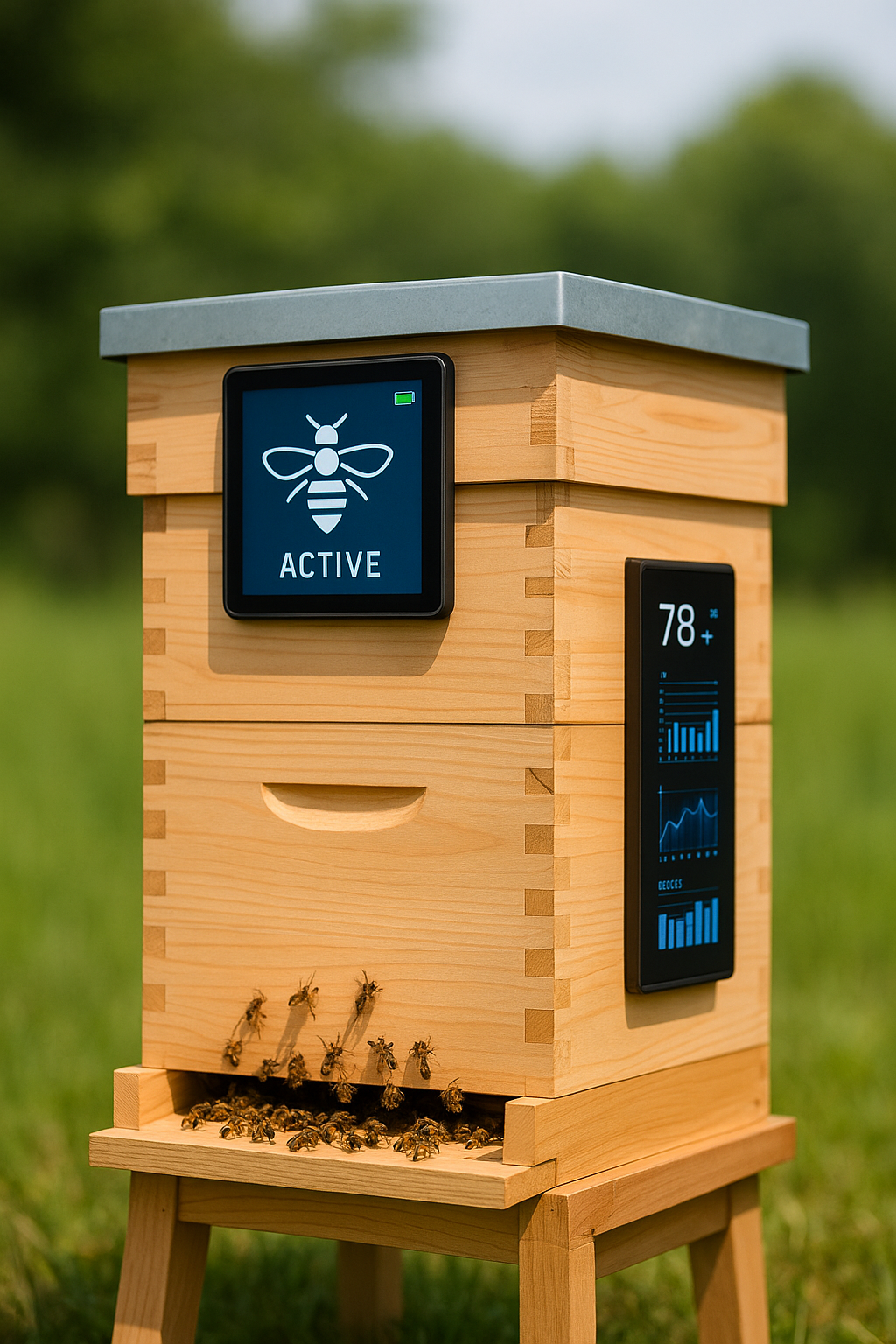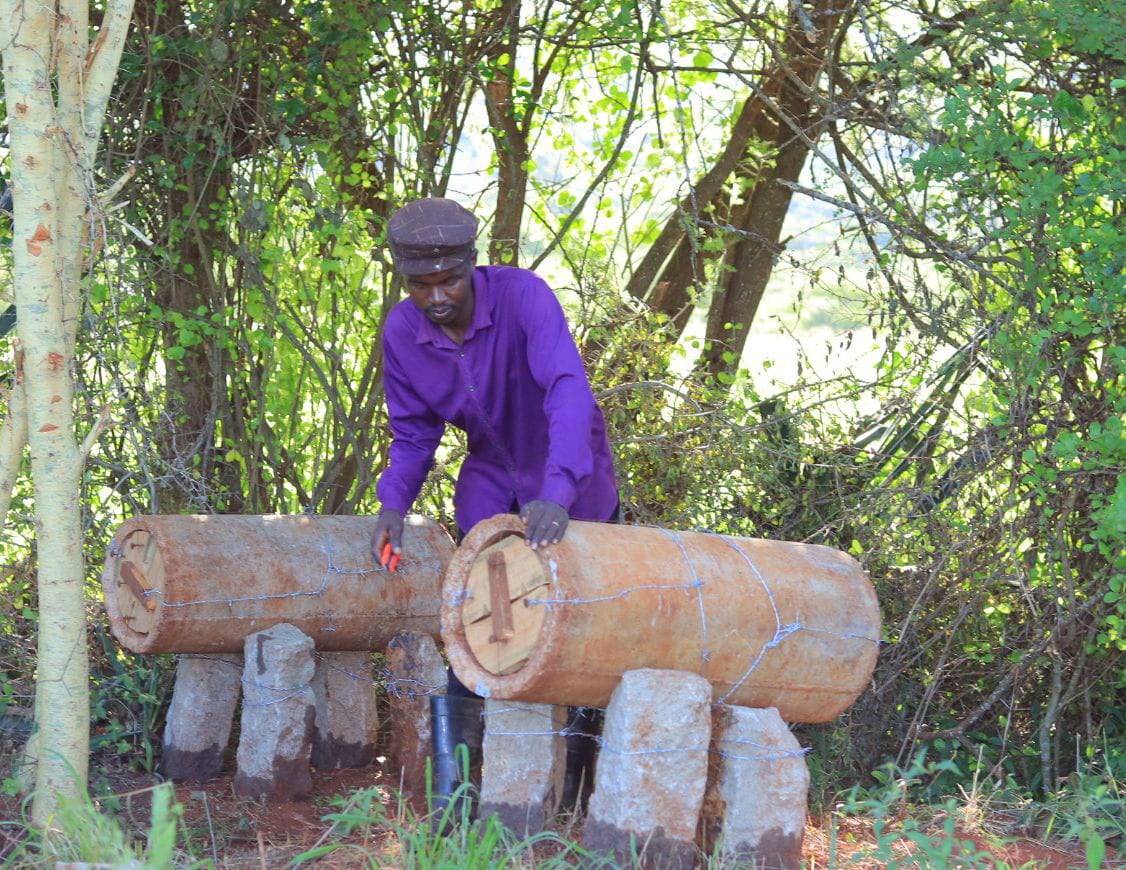Introduction
Plastic pollution is a major environmental concern, with non-biodegradable plastics taking hundreds of years to decompose. This project aims to produce bioplastics from cassava starch, a renewable and biodegradable material. Cassava starch is abundant, affordable, and eco-friendly, making it an excellent alternative to petroleum-based plastics.
Statement of the Problem
Traditional plastics significantly contribute to environmental pollution due to their non-biodegradable nature. There is an urgent need for sustainable, biodegradable alternatives. This project addresses this issue by exploring cassava starch as a raw material for creating bioplastics, reducing reliance on fossil fuels and mitigating plastic waste.
Materials
- Cassava starch (200 g) – The primary biodegradable material.
- Distilled water (500 ml) – To dissolve the starch and aid in forming the bioplastic.
- Glycerin (10 ml) – Acts as a plasticizer to make the bioplastic flexible.
- White vinegar (5 ml) – Stabilizes the mixture and prevents lumps.
- Cooking pot – For heating and mixing the materials.
- Heat source – A stove or hot plate.
- Spoon or whisk – For stirring the mixture.
- Non-stick tray – For spreading the bioplastic mixture to cool.
- Measuring cups and spoons – For accurate measurements.
Procedure
Step 1: Preparation of the Mixture
- Combine 200 g of cassava starch and 500 ml of distilled water in a cooking pot.
- Add 10 ml of glycerin and 5 ml of white vinegar to the mixture.
Step 2: Heating and Stirring
- Place the pot on a heat source and cook on medium heat.
- Continuously stir the mixture to prevent lumps and ensure a smooth consistency.
- Heat until the mixture thickens and becomes translucent.
Step 3: Forming the Bioplastic
- Pour the thickened mixture onto a non-stick tray.
- Spread it evenly to the desired thickness using a spatula.
Step 4: Drying
- Allow the mixture to cool and dry at room temperature for 24–48 hours.
- Once dried, peel off the solid bioplastic sheet.
Step 5: Testing
- Test the bioplastic for flexibility, strength, and decomposition in soil or water.
Results
- Bioplastic Characteristics: The cassava starch bioplastic was flexible, slightly translucent, and durable enough for light-duty applications.
- Biodegradability: When buried in soil, the bioplastic decomposed within 3–4 weeks, demonstrating its eco-friendly nature.
- Applications: Potential uses include packaging, disposable utensils, and shopping bags.
Conclusion
This project successfully produced biodegradable plastic from cassava starch, addressing plastic pollution and offering a sustainable alternative. Cassava starch is a viable resource for creating bioplastics that decompose faster than conventional plastics, reducing environmental harm.






